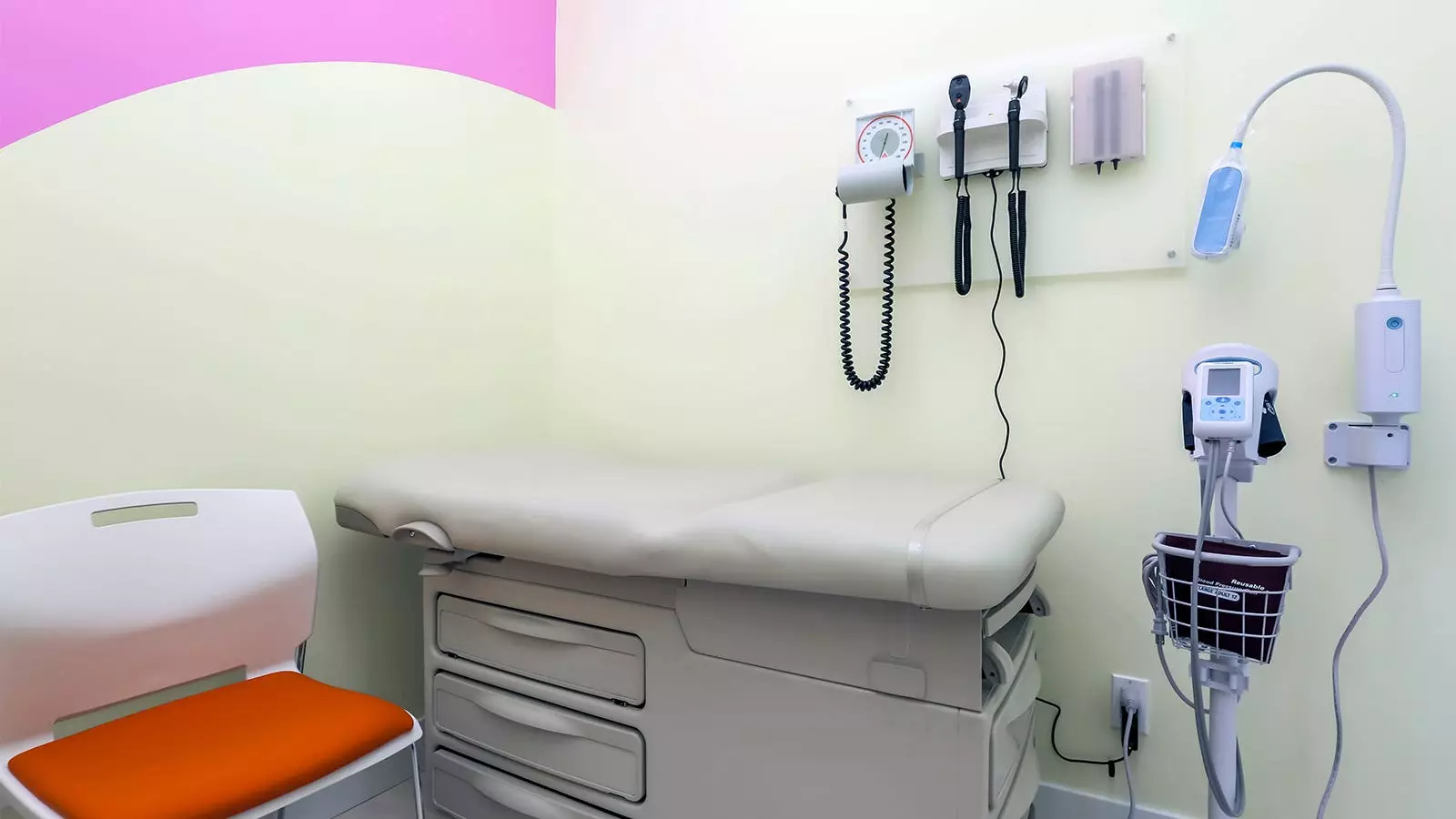In today’s healthcare landscape, the intersection of technology and patient care has led to a striking paradox: while we have more tools to ensure quality healthcare delivery, the essence of the patient-doctor relationship often seems compromised. A typical patient check-up begins not with a warm greeting but rather with a login to a system that tracks “quality measures.” This modern practice reflects how the healthcare system is increasingly driven by algorithms and metrics, a shift that obscures what it means to deliver genuine, compassionate care.
Quality measures have become an accepted part of the fabric of contemporary health systems. Programs initiated by the Center for Medicare & Medicaid Services (CMS) have introduced hundreds of quality measures—specifically, a staggering 788 as of 2020. These measures serve a crucial purpose: they help ensure that patients receive necessary screenings, vaccinations, and other preventative services intended to improve health outcomes. However, this checklist-driven approach can detract from the art of medicine. The pressure to tick all the boxes often leads to doctors adopting a transactional, rather than relational, dynamic with their patients.
As physicians juggle these quality measures during appointments, the scope for substantive conversations diminishes. Genuine inquiries about patients’ well-being—questions like “How’s your family?” or “Do you have any concerns you’d like to discuss?”—are sidelined as both the doctor and patient find themselves ensnared in a series of routine, impersonal queries. The irony is stark: while on paper, the doctor may score a perfect visit based on adherence to quality measures, the actual experience for the patient lacks warmth, empathy, and connection.
The introduction of electronic health records (EHR) highlighted the essential need for organized patient information management but illuminated the bureaucratic challenges that accompany these advancements. EHRs can be cumbersome and impede doctors’ ability to connect meaningfully with their patients during visits. What should be a conversation about health is often reduced to a series of keystrokes logged into a machine, quite reminiscent of a chatbot’s functions. This technological intervention, while aimed at streamlining healthcare processes, inadvertently distracts from the core of patient care—establishing trust and solving health problems through dialogue.
The challenge, then, is not simply integrating technology but finding ways to make it serve the people involved in the healthcare delivery process—both the providers and the patients. The question becomes how we can bridge the gap between necessary quality measures and the compassionate care patients deserve.
To reconcile quality measures with compassionate care, we must rethink our strategies. One effective method is proactive patient engagement before a clinical visit. Healthcare professionals can leverage technology to reach out to patients through emails, texts, or online portals to encourage discussions about screenings and vaccinations. This preparatory work can allow more meaningful interactions during the visit itself, freeing physicians to provide personalized care rather than getting bogged down by a repetitive checklist.
Moreover, the role of support staff is crucial in this transitional framework. By delegating certain tasks, such as reminders for screenings or follow-ups on health conditions, healthcare teams can streamline office visits, giving physicians the ability to attend more fully to their patients’ narratives during face-to-face time.
The financial structure underpinning healthcare practices also needs re-evaluation. The current model predominantly rewards volume rather than value, compelling physicians to prioritize quantity over quality. Transitioning to a more holistic payment approach that emphasizes comprehensive patient needs could foster deeper engagements during visits. For instance, instead of rewarding individual services, a payment model based on a patient’s yearly healthcare requirements would empower physicians to invest time in discussions that matter most to patients.
CMS, as a major player in the healthcare landscape, holds a pivotal role in catalyzing this change. By sustaining focus on quality yet allowing flexibility for unquantifiable elements—like communication and clinical problem-solving—healthcare systems could create environments where both quality measures and compassionate care coexist.
Ultimately, improving the patient care experience demands commitment from both healthcare providers and policymakers. As physicians, we face the significant task of reclaiming our sacred space within the exam room, where genuine connection and meaningful discourse can thrive despite the pressures of quality measures. This shift is not merely about checking boxes; it’s about nurturing the very fabric of healthcare—building rapport, understanding patients’ unique experiences, and addressing concerns that may not easily fit into predefined measures. True quality in healthcare transcends metrics, residing instead within the human connection that defines healing.

